How to breed red baby lotus
Last Update :2024.10.30
Article Catalog
Soil: Red baby lotus prefers soil with good drainage and air permeability. Watering: Watering should be controlled in summer and cut off when the temperature drops below 5℃ in winter. Temperature: When the temperature is high in summer, it should be placed in a well-ventilated place. In winter, the room temperature should be avoided below minus 4°C. Lighting: Give it a sunny environment and avoid hot and humid conditions. Fertilization: During the growth period, thin fertilizer should be applied every 20 days.
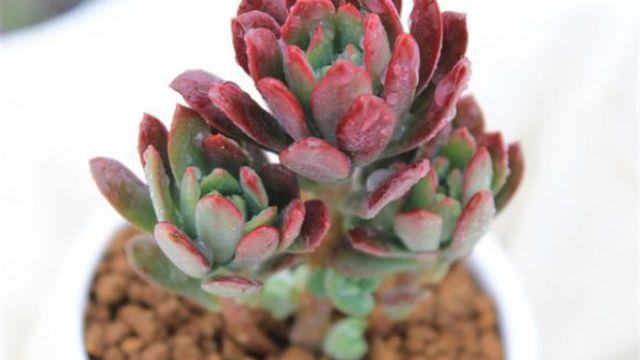
1. Soil
1. Soil
Red baby lotus prefers soil with good drainage and good ventilation. It can be mixed with cinders, peat soil and a small amount of perlite.
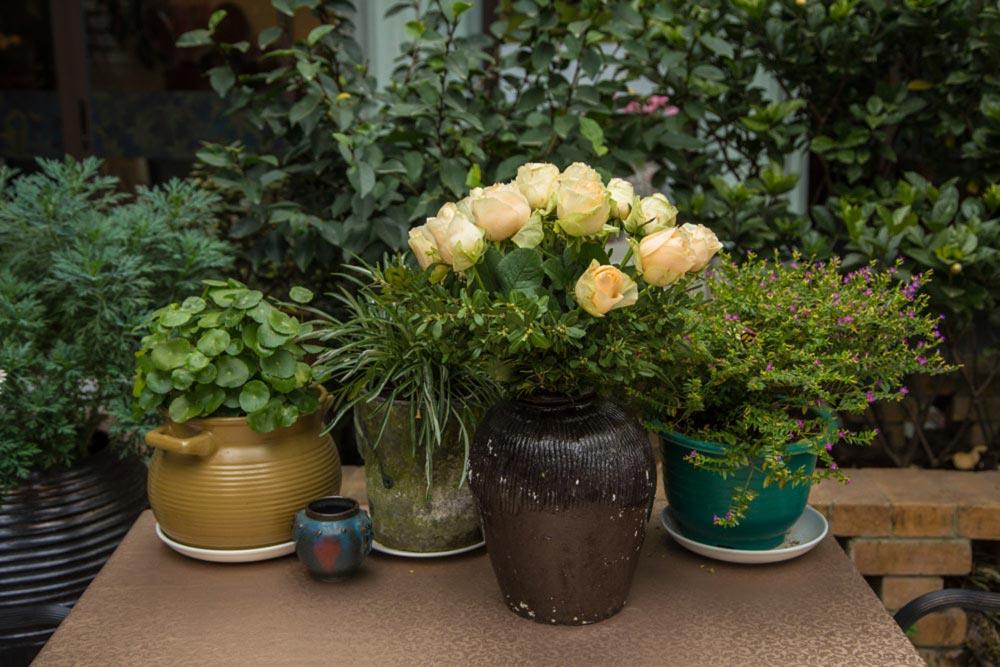
2. Watering
Red Baby lotus is particularly afraid of waterlogging and needs to be protected from long-term rain. In winter, when the temperature drops below 5°C, the water will slowly start to be cut off. Watering should be controlled when the temperature is high in summer. Although the temperature is very high in summer, the red lotus is in the dormant period and does not have high water requirements. If there is a serious water shortage, watering must be carried out.
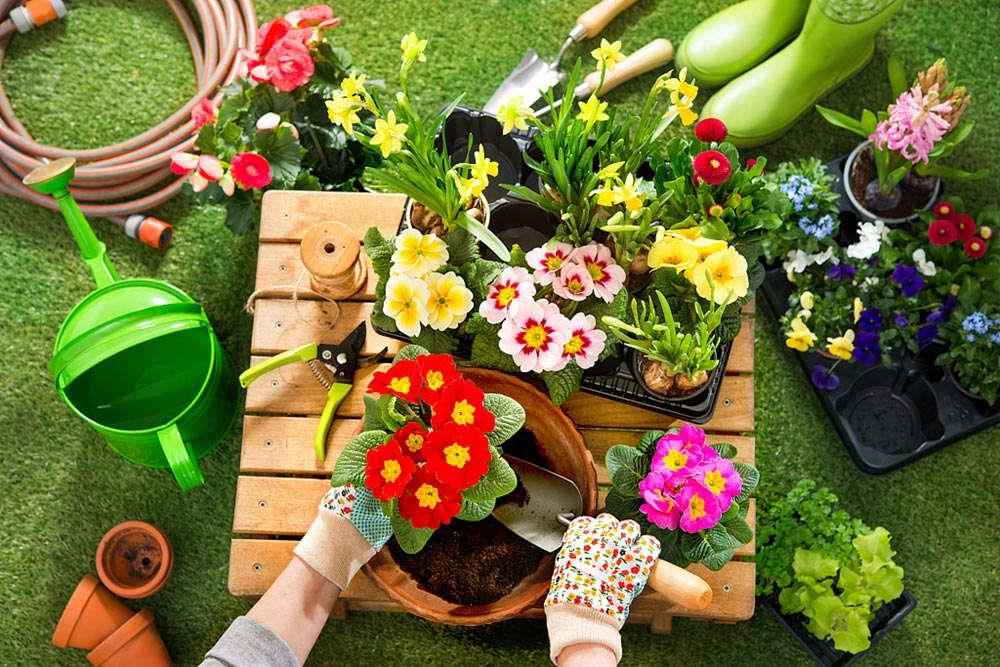
3. Temperature
Winter can It is resistant to indoor low temperatures of about minus 4°C. If the temperature drops, frostbite will appear on the top growth points of the leaves. During high temperatures in summer, the entire plant will grow slowly or completely stagnant. Place the red baby lotus in a well-ventilated place to avoid exposure to the sun.
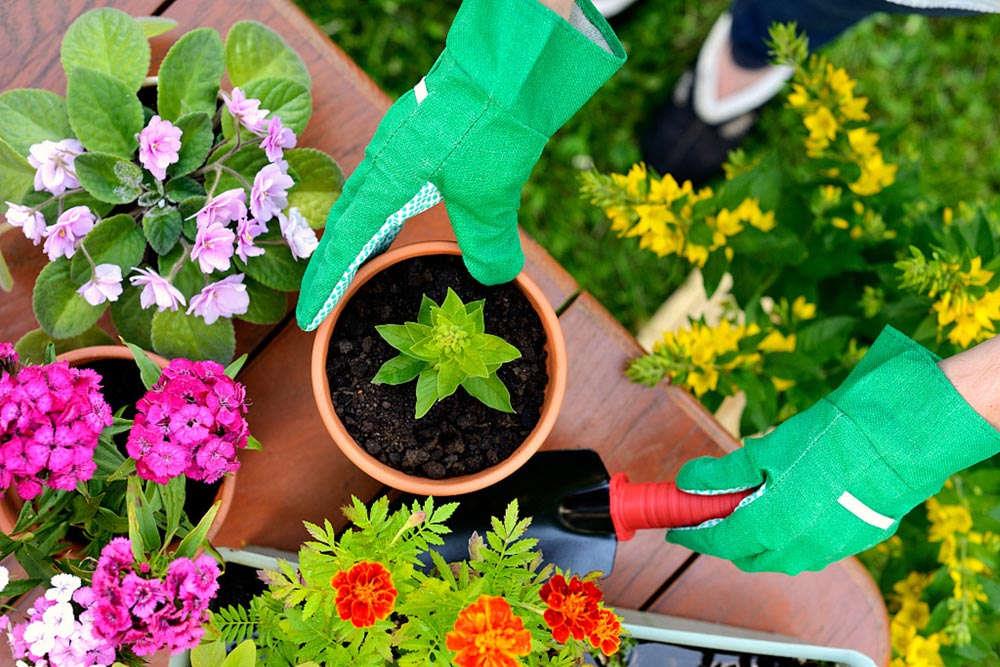
4. Light
Hongzhi Lotus likes a sunny growing environment, tolerates semi-shade, avoids hot and humid weather, and has the habit of growing in cool and cold seasons. When there is insufficient light, the leaves of the entire plant will become elongated, and the red color of the leaf edges will slowly fade. When there is sufficient sunlight, the plant will be short and stocky, and the leaves will be arranged compactly.
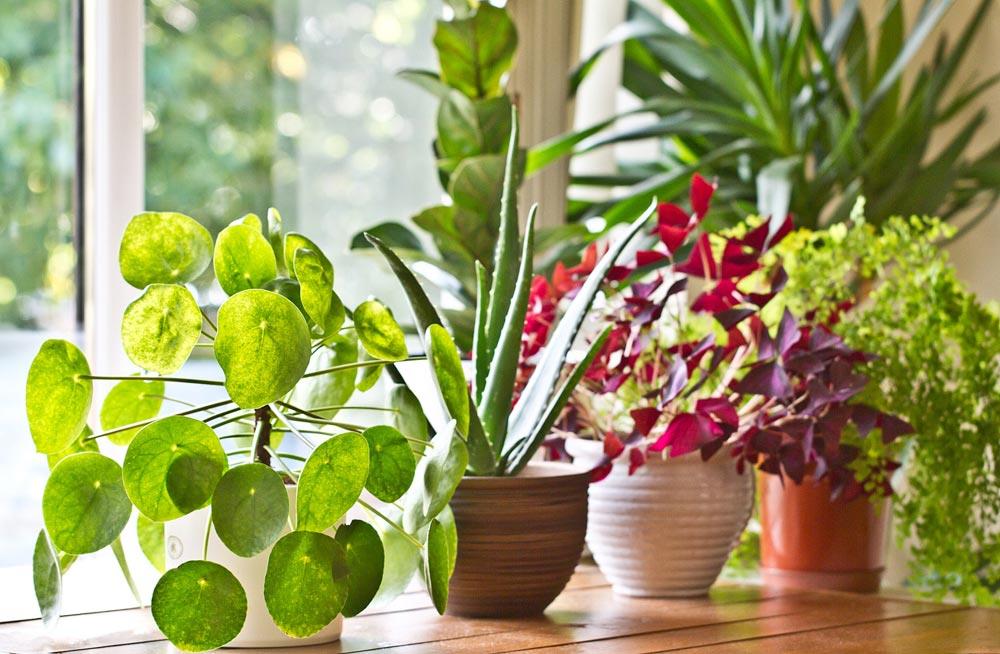
5. Fertilization
While growing Fertilizer should be applied every 20 days or so during the period, and mainly thin fertilizer is enough. Avoid applying too much fertilizer, which will cause leggy branches and leaves, and may also burn the roots, causing root rot and leaf fall.

2. Watering
3. Temperature
4. Lighting
5. Fertilization
- END -
What plants are suitable for the office?
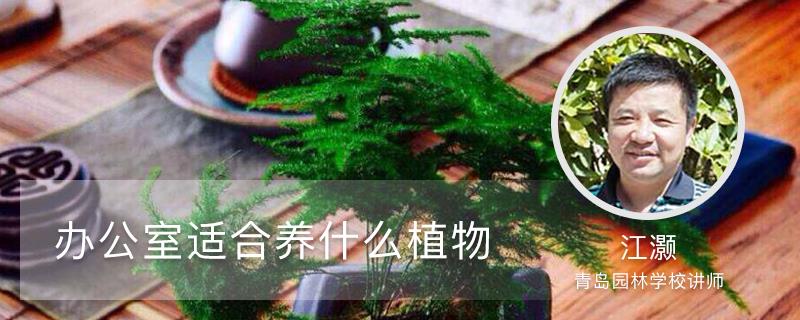
Since there are more people in the office and more electrical appliances, computer...
The difference between Pleurotus lucidum and Ligustrum lucidum

Differences in tree trunks: Fraxinus lucidum is a large deciduous tree, which can ...